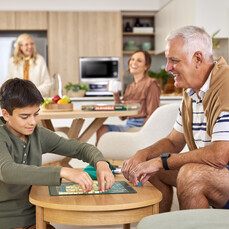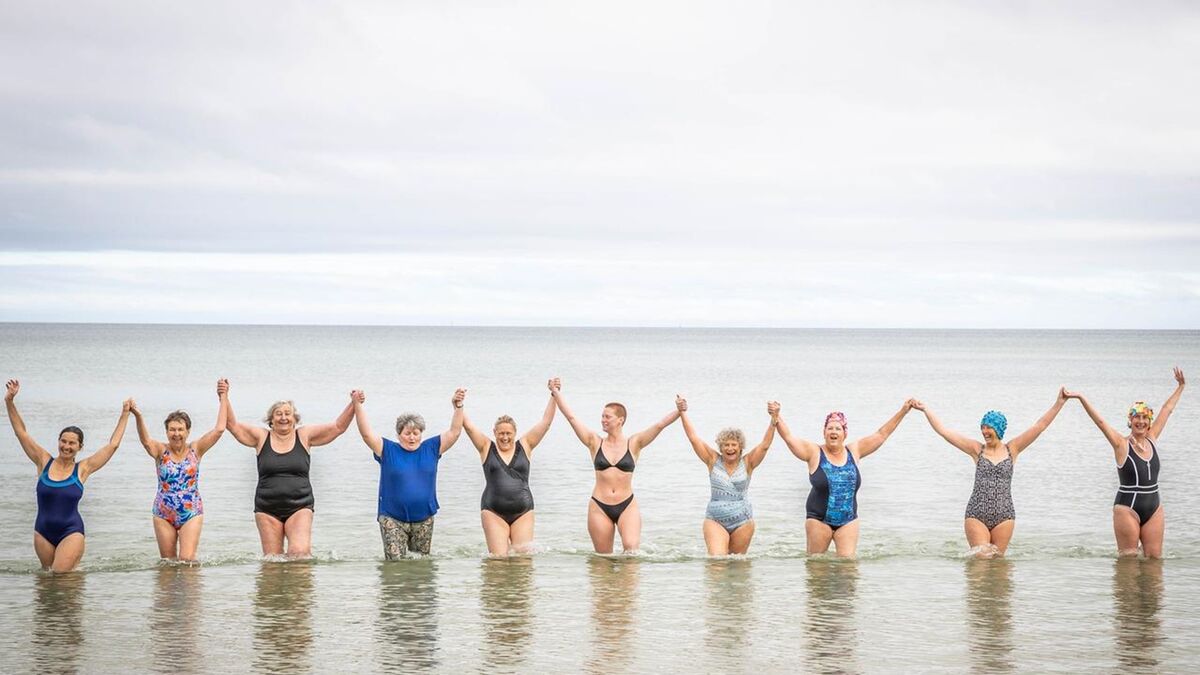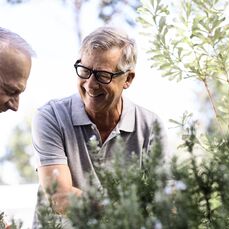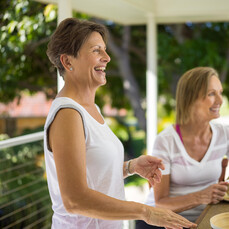
From intergenerational living to online togetherness, the future of communal living may mean better health and happiness for all.
Imagine it's the year 2250. They’ve cured cancer, houses are self-cleaning, and chocolate is healthy. People worship elders as fountains of knowledge. Seniors whoosh past in hover chairs as robot dogs sit obediently on their laps.
While that world may sound far-fetched, with constant leaps in science and technology, anything is possible. Today, forward-thinking people across the globe are already making changes to the way they live. And they’re having a positive impact on their communities in the process.
Learning to live differently
‘To live long is a good thing, but to age well is better,’ said 85-year-old visionary Therese Clerc, the late founder of a self-managed housing project in Paris.
Devised and run by a community of female senior citizens who want to live alongside one another but maintain their independence.
‘We want to change the way people see old age, and that means learning to live differently,’ she said.
The building houses 25 self-contained flats, 21 adapted for older people and 4 reserved for students. And it's creating an atmosphere of togetherness, support and the freedom to live their way.
Increasing longevity and lifestyle expectations
As the world population grows, the number of people needing a safe, supportive, and social home environment also increases. In 2010, there were an estimated 524 million people aged 65 or older, making up 8% of the world's population. By 2050, this number could nearly triple to 1.5 billion, or 16% of the world's population.
And as the number of seniors worldwide increases, so will their lifestyle expectations. Forget having just a home to live in. People will want a fully immersive experience where we integrate health and wellbeing into daily living.
The benefits of intergenerational socialising
We know social interaction can lead to positive outcomes like decreasing loneliness and reducing the risk of disease. But studies are also showing the benefits of interacting with people from different generations. A 2013 study found interactive programs with preschool children bring smiles and conversations to older adults.
Preschool inside a nursing home
In Seattle, a licensed preschool called the Intergenerational Learning Center operates at The Mount, a vibrant aged care facility.
Five days a week, 400 senior residents (many with dementia and Alzheimer's) welcome up to 125 children aged 5 and under. The groups enjoy activities, including music, dancing, art, and shared lunch. The bonds they've forged are creating a positive impact both ways.
Closer to home, ABC’s Old People’s Home for 4 Year Olds brought generations together with similarly impressive results.
Connecting from afar
In South America, young Brazilians are learning to speak English online by speaking with older adults in Chicago. The initiative by FCB Brazil for CNA Language Schools connects youth with retirees. And it’s been an enriching experience for all.
‘The idea is simple. And it's a win-win proposition for both the students and the American senior citizens,’ says Joanna Monteiro, executive creative director at FCB Brazil.
‘It's exciting to see their reactions and contentment.’
The adults have reduced their feelings of loneliness, and the students are improving their English with people who’ve become honorary grandparents. It's a heart-warming initiative that shows you don't even have to be in the same country to create a feeling of community.
University living in a retirement village
In Holland, university students are living rent-free by keeping aged care residents company. They do activities together, including watching sports and celebrating birthdays. The program has reduced feelings of isolation and disconnectedness.
While communal living has the potential for conflict, these examples show us that with kindness and togetherness, human connection thrives, and age is irrelevant. It gives hope that building strong, connected communities will continue into the future.
Community spirit and a holistic approach at home
We don’t know how communal living will look in 2250. But we already have a strong community spirit and a holistic approach to wellbeing in our villages across Australia.
With a focus on connectedness and community, we already have all the hallmarks of successful communal living. And that will continue well into the future.
For more information about the lifestyle and support offered at our retirement villages, call our customer service team on 1800 550 550.
If you think your family or friends might enjoy this article, please share it with them.
Related Stories




